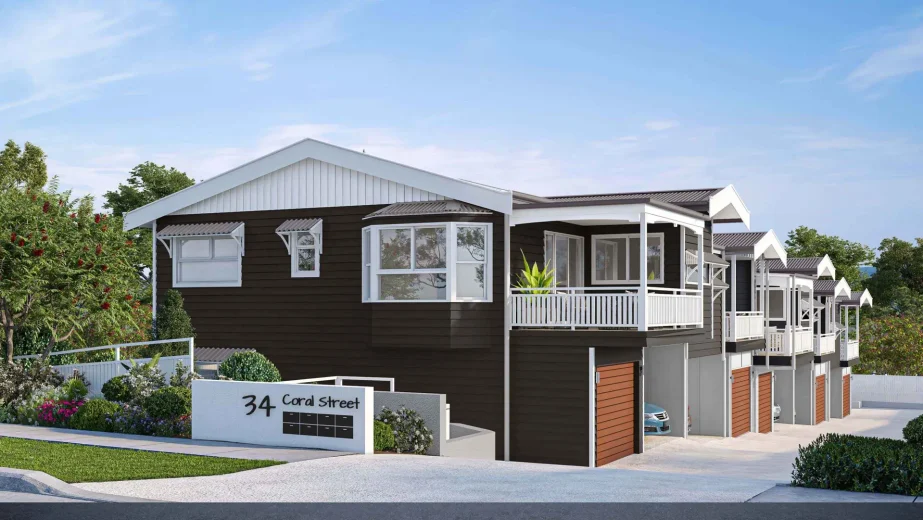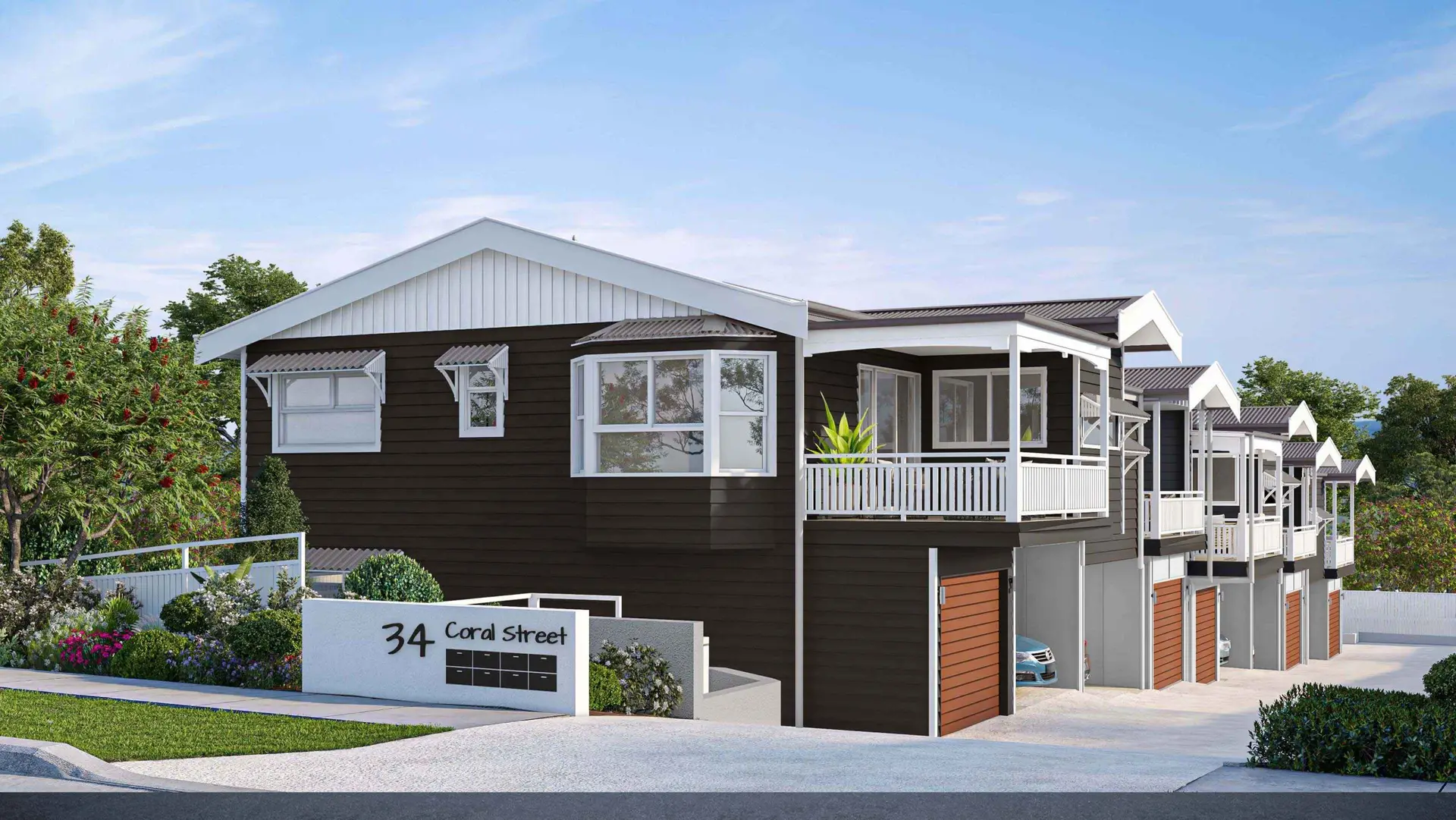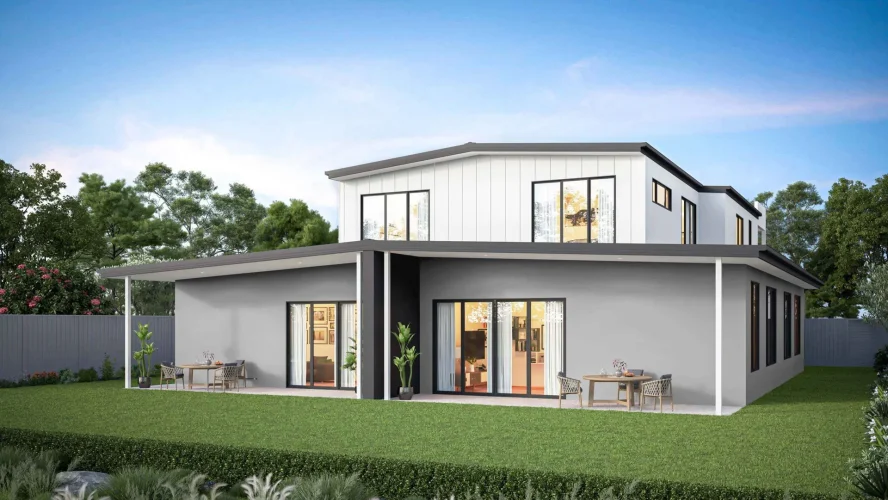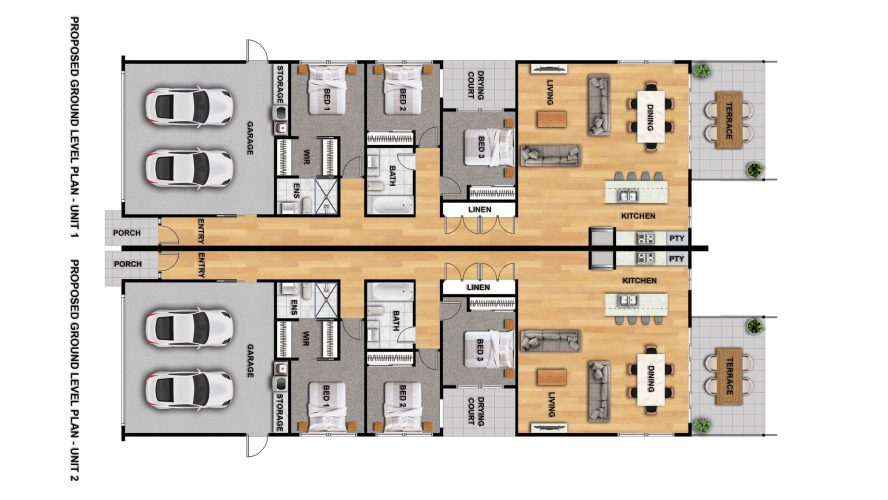

In the highly competitive real estate market, captivating potential buyers and investors is no small feat. High-quality visuals have become a game-changer, and architectural visualization, 2D, and 3D rendering are at the forefront of this transformation. These tools not only help developers and real estate professionals showcase properties but also elevate marketing efforts, making them more effective and engaging. In this blog, we’ll explore how these visualization techniques enhance property marketing and provide real-life examples to illustrate their impact.
The first impression of a property often determines whether a potential buyer or investor will take the next step. High-quality architectural visualizations help create a compelling first look by showcasing the design, ambiance, and potential of a space before it’s even built.
Example: A luxury condominium developer in New York used photorealistic 3D renders to market their pre-construction project. By displaying immersive images and walkthroughs, they sold 60% of the units before construction began.
Many real estate projects are marketed before construction starts. 2D floor plans and 3D renderings help buyers visualize spaces, allowing them to make informed decisions without visiting a physical site.
Example: A real estate firm in Dubai successfully pre-sold an entire residential tower using high-resolution 3D walkthroughs and animations. Buyers from different countries were able to experience the property remotely, boosting international sales.


Real estate marketing has shifted heavily to digital platforms. Stunning 3D renderings, animations, and interactive VR tours increase engagement on websites, social media, and advertising campaigns.
Example: A real estate agency in Los Angeles launched an Instagram ad campaign featuring high-quality 3D interior and exterior renders. The campaign received 40% more engagement compared to traditional static images, leading to a surge in inquiries.
2D renderings, including floor plans and elevations, provide a clear layout of a property. They help potential buyers understand space distribution and architectural details before seeing a 3D representation.
Example: A housing developer in London used detailed 2D site plans to communicate project layouts and infrastructure planning, helping potential buyers understand the development’s full scope.
3D rendering transforms a flat image into a photorealistic visual, allowing buyers to see textures, materials, lighting, and landscaping details.
Example: A real estate startup in Singapore used hyper-realistic 3D renderings to market a sustainable living project. Buyers were drawn in by the lifelike details of green spaces, smart home features, and interiors, driving up sales before the project broke ground.
With advancements in technology, virtual reality (VR) and augmented reality (AR) are taking property visualization to the next level. Buyers can take immersive virtual tours, experiencing properties from anywhere in the world.
Example: A real estate firm in Canada used VR headsets at a property expo, allowing visitors to virtually tour multiple properties in different locations. This approach increased buyer interest and resulted in faster sales.
Architectural visualization, 2D, and 3D rendering have revolutionized real estate marketing by making properties more accessible, engaging, and easier to sell. Whether through stunning renderings, immersive virtual tours, or interactive digital campaigns, these tools provide a competitive edge in a crowded market. As technology advances, real estate professionals who embrace visualization will continue to captivate and convert more buyers than ever before.
Are you leveraging the power of architectural visualization for your property marketing? Share your thoughts in the comments!

By using this website, you agree to our use of cookies. We use cookies to enhance your experience and ensure our website functions effectively.